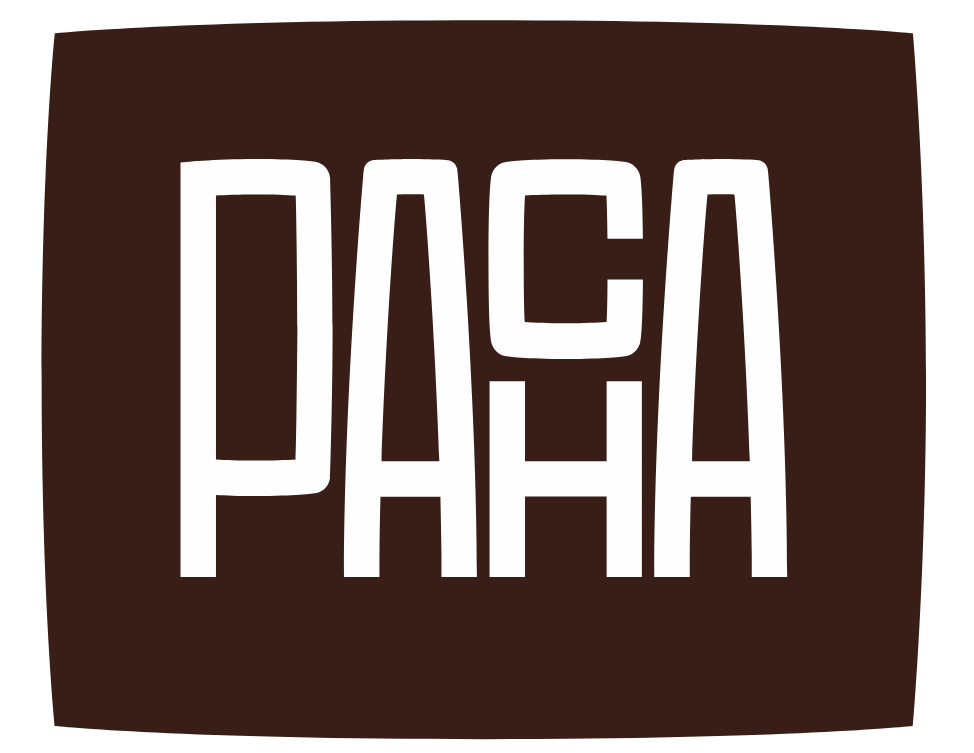
Bread has long held a special place in cultures worldwide, not just as a staple food, but as a symbol of comfort and tradition. Today, two breads, each deeply rooted in fermentation yet uniquely different in taste and composition, stand out: PACHA Bread and traditional sourdough bread. Let's explore their differences in fermentation, nutritional benefits, and flavor profiles.
What is Fermentation?
Fermentation is a natural process where yeast and bacteria convert sugars into alcohol, acids, and gases, fundamentally transforming flavor and texture.
Traditional sourdough bread relies heavily on wild yeast and bacteria naturally found in flour and the environment. This bread-making involves creating a starter—a living culture of flour and water—that ferments over days or weeks. The longer fermentation not only provides sourdough’s characteristic tangy flavor but also improves digestibility by breaking down gluten and phytic acids, potentially making it easier to digest compared to conventional breads.
PACHA Bread, on the other hand, employs a unique fermentation process focusing on sprouted buckwheat. Sprouting activates enzymes that increase nutrient availability and digestibility. The buckwheat is then gently fermented, developing mild sour notes and enhancing the nutritional profile. This process results in a bread that is gluten-free, nutritious, and more approachable for people with gluten sensitivities or those looking for a digestively lighter option.
Unbiased Flavor Comparison
The flavor of traditional sourdough bread is unmistakably distinct—tangy, robust, and complex. The extended fermentation develops deeper acidity and a chewy crumb, characteristics beloved by artisanal bread enthusiasts.
PACHA Bread introduces a different palate experience. Sprouted buckwheat imparts an earthy, nutty flavor with subtle sour undertones. The fermentation process accentuates these natural flavors, resulting in a balanced, pleasant taste that is less intense than traditional sourdough but equally satisfying.
Nutritional Highlights
From a nutritional perspective, traditional sourdough's slow fermentation process can partially degrade gluten and anti-nutrients, enhancing mineral absorption and digestibility. However, it still contains gluten, making it unsuitable for individuals with celiac disease.
PACHA Bread excels nutritionally due to its sprouted buckwheat foundation. It's inherently gluten-free, making it safe for individuals with gluten intolerance and celiac disease. Additionally, the sprouting process amplifies nutrient density, particularly increasing levels of fiber, protein, and essential amino acids.
Choosing Your Bread
Deciding between PACHA and traditional sourdough largely depends on personal dietary needs and taste preferences. Traditional sourdough offers depth of flavor, chewy texture, and cultural authenticity. Conversely, PACHA Bread provides a contemporary, health-conscious choice, supporting digestive health and nutritional well-being without sacrificing flavor.
Whether your preference leans toward the traditional or you're exploring innovative dietary paths, understanding these breads' fermentation processes and flavor profiles can enhance your appreciation for this timeless staple.
